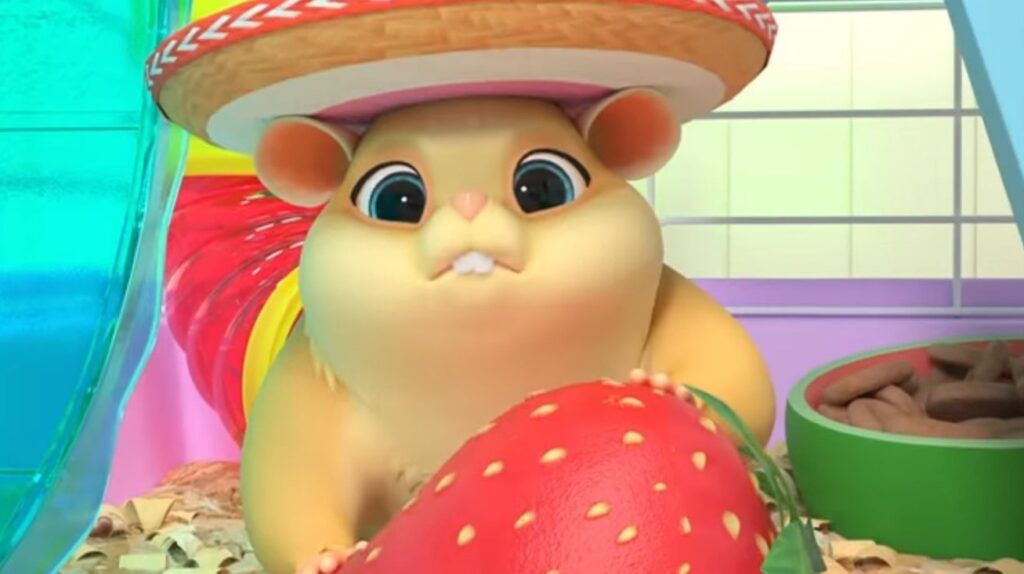Cat toothbrushing tips
Brushing a cat’s teeth can be an important part of their dental care and overall health.
Here are some tips on how to brush a cat’s teeth:
- Get the Right Supplies: You’ll need a cat toothbrush and toothpaste. Do not use human toothpaste, as it can be harmful to cats. Instead, use a toothpaste specifically designed for cats, which is available at pet stores.
- Introduce Your Cat Gradually: Cats can be sensitive about their mouths, so start by getting your cat used to having their mouth touched. You can do this by gently massaging their gums with your finger.
- Choose the Right Time: Pick a time when your cat is calm and relaxed, perhaps after a play session. Avoid trying to brush their teeth when they’re agitated or overly energetic.
- Use Positive Reinforcement: Reward your cat with treats or praise before and after brushing to create a positive association with the process.
- Start Slowly: Begin by letting your cat taste the toothpaste. Most cat toothpaste is flavored to make this more appealing. Then, start gently brushing a few teeth at a time.
- Gradually Increase the Time: Over time, try to increase the duration of the brushing sessions until you can brush all of your cat’s teeth.
- Be Gentle: Use gentle, circular motions when brushing. Pay extra attention to the gum line, where dental issues often begin.
- Be Patient: Understand that it might take some time for your cat to become fully comfortable with having their teeth brushed. Don’t force it, and if your cat becomes too stressed, stop and try again later.
- Regularity is Key: Aim to brush your cat’s teeth at least a few times a week. Regular brushing can help prevent dental issues and keep your cat’s mouth healthy.
- Regular Vet Checkups: Even with regular brushing, it’s essential to have your cat’s teeth checked by a veterinarian during their regular checkups. They may need professional dental cleaning from time to time.
Remember that not all cats will tolerate toothbrushing, and if your cat absolutely refuses, you can explore other dental care options like dental treats or toys designed to promote dental health. Always consult with your veterinarian for specific advice on caring for your cat’s teeth, as they can provide guidance tailored to your cat’s individual needs.
Cat toothbrush types
There are various types of toothbrushes designed for cats, and the choice often depends on your cat’s preferences and needs.
Here are some common types of cat toothbrushes:
- Finger Toothbrush: This type of toothbrush fits over your finger like a glove and has soft bristles on one side. It allows you to have better control when brushing your cat’s teeth, especially if your cat is not used to dental care.
- Traditional Cat Toothbrush: These look similar to human toothbrushes but are smaller and have softer bristles. They come in various shapes and sizes to cater to different cat breeds.
- Dual-Ended Toothbrush: Some cat toothbrushes have a dual-ended design with different-sized bristle heads on each end. This can be useful for reaching different areas of your cat’s mouth.
- Electric Cat Toothbrush: Electric or battery-powered cat toothbrushes are available, which can make the brushing process easier. They often have rotating or vibrating bristle heads for more effective cleaning.
- Cat Toothbrushes with Long Handles: These toothbrushes have longer handles, which can help you reach the back teeth of your cat more easily.
- Finger Cot Toothbrush: Similar to finger toothbrushes, these are small silicone caps that fit over your fingertip and have small bristles on the end for brushing.
- Silicone Toothbrushes: Silicone toothbrushes are designed to be gentle on your cat’s gums and teeth. They are often used for applying toothpaste or dental gel.
- Cat Dental Wipes: While not exactly toothbrushes, dental wipes are pre-moistened and textured to help clean your cat’s teeth and gums. They can be a good option if your cat refuses to accept a toothbrush.
- Disposable Toothbrushes: These are single-use toothbrushes that come pre-loaded with toothpaste. They can be handy for quick dental care but may not be as effective as traditional brushes.
When choosing a toothbrush for your cat, consider their comfort and your ability to use the toothbrush effectively. Additionally, it’s crucial to use toothpaste specifically designed for cats, as human toothpaste can be harmful to them. Always consult with your veterinarian for guidance on proper dental care for your cat and which toothbrush type may be best for your specific cat’s needs.
Cat toothpaste:
Using toothpaste designed for humans on a cat is not recommended. Cats have different oral hygiene needs, and their toothpaste should be specifically formulated for them. Human toothpaste typically contains ingredients that can be harmful to cats if ingested, such as fluoride and artificial sweeteners.
If you’re concerned about your cat’s dental health, it’s best to consult with a veterinarian. They can recommend cat-specific toothpaste and provide guidance on how to safely and effectively clean your cat’s teeth. Dental care is important for cats to prevent oral health issues, so it’s essential to use the right products and techniques.




